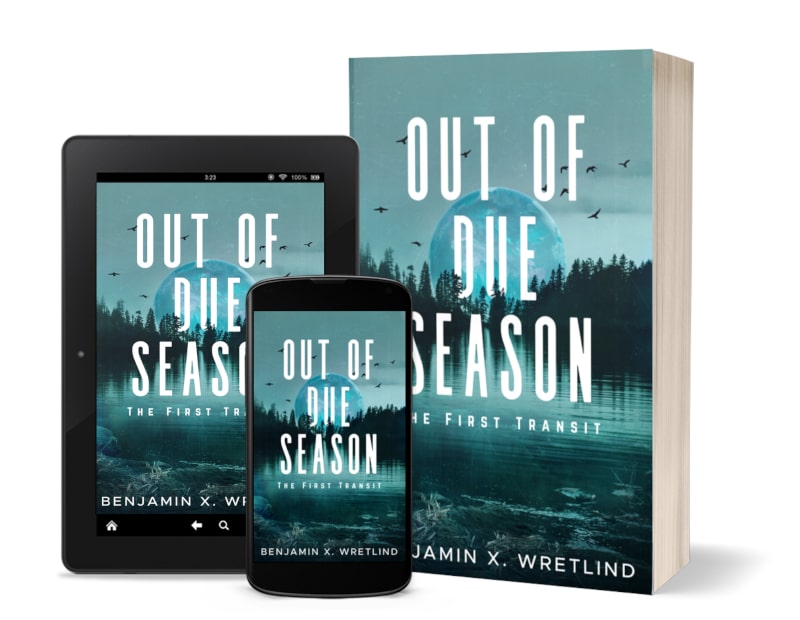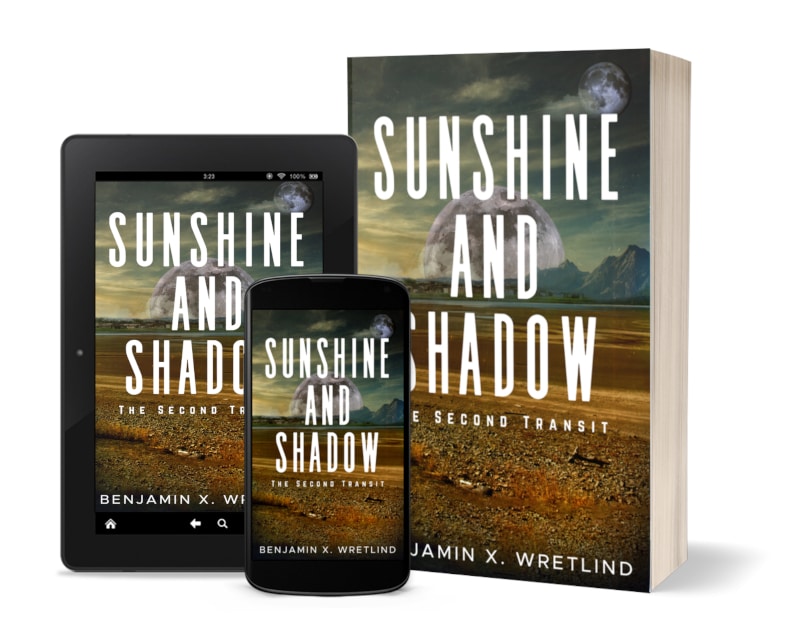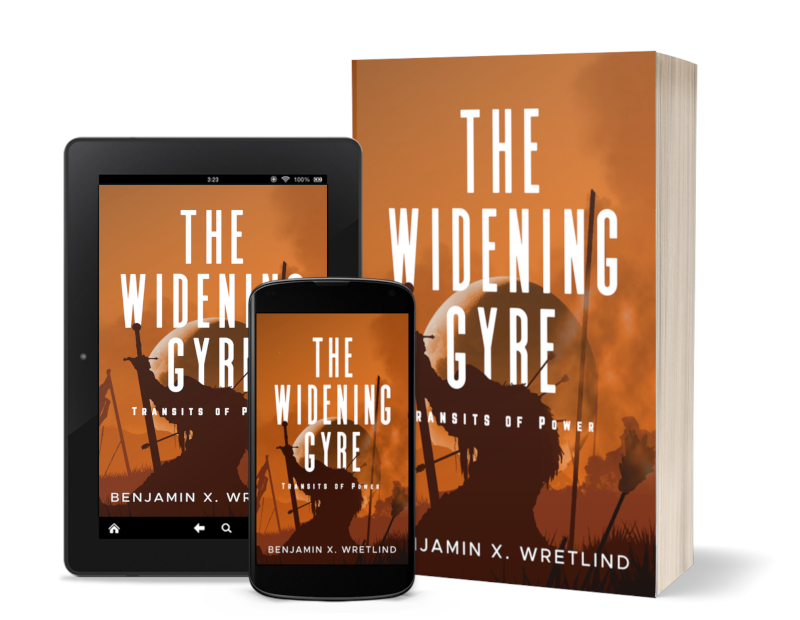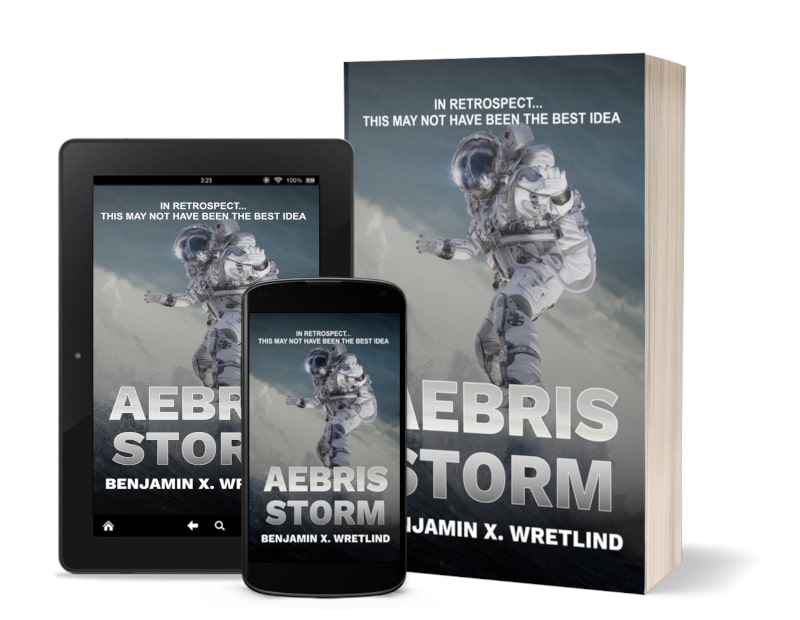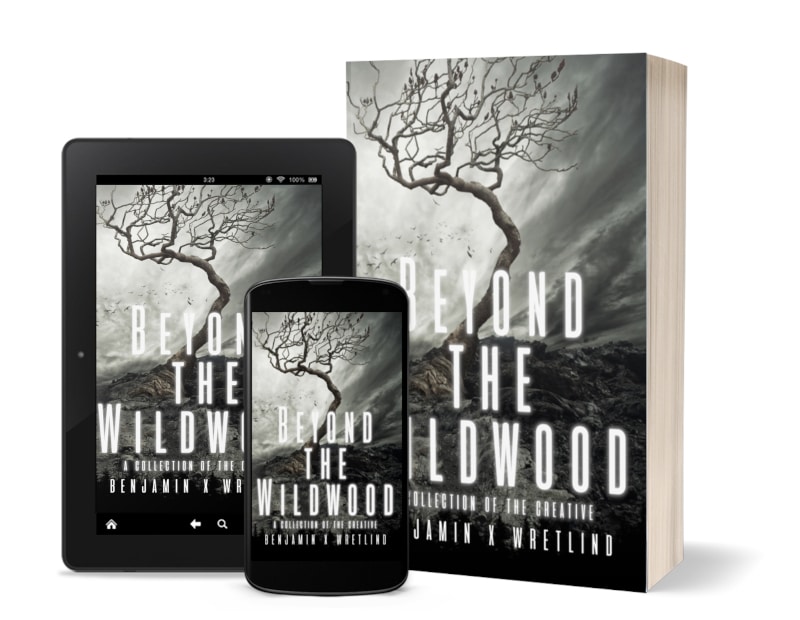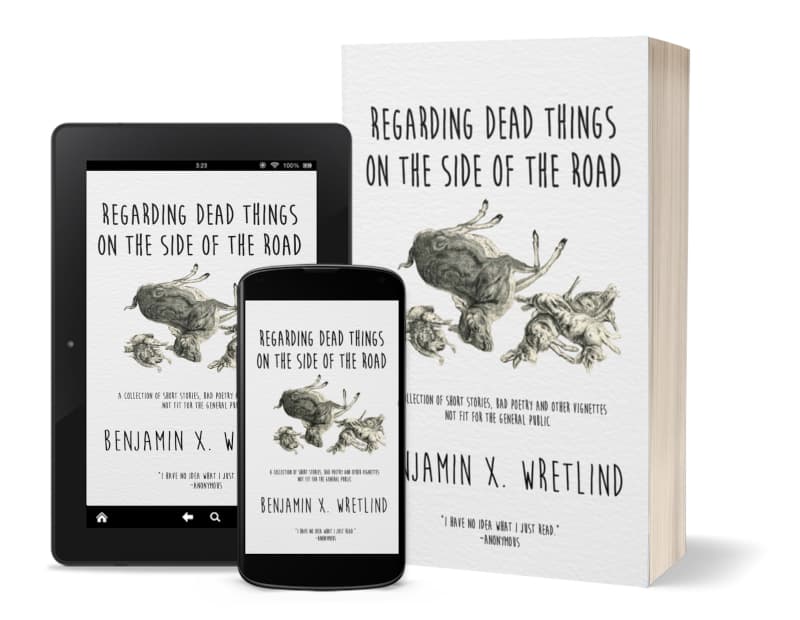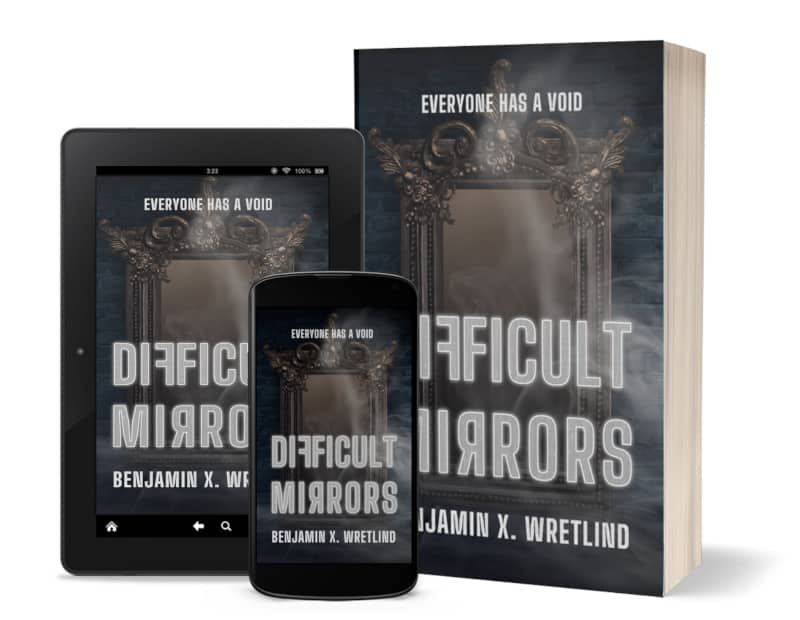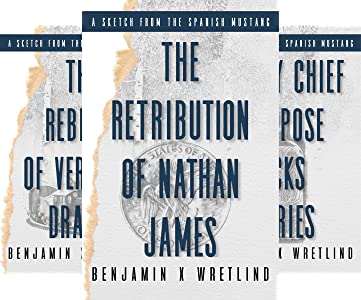Using AI for World Building: Conlanging

As writers, we get to create things, from worlds to creatures to whatever you can think of. As readers, we get to experience worlds we never imagined might exist. Even if you’re writing or reading a romance set in Italy, you’re still creating a world or reading about one that was created for you. Lately, AI for conlanging is becoming a thing.
When world building, writers have a lot of fun creating animals or terrain that exists only in their imagination. But to embed the reader in that world, the writer needs to bring them into the culture itself.
All We Leave Behind: Transits of Three is a part of what I consider anthropological science fiction, that is a forward look with a backward lens. While the first novel, Out of Due Season, was a set up to the rest of the story, the second and subsequent novels were intended to establish a new culture. I needed to get that new culture right.
As language is one of the key elements which separates cultures, I put a lot of thought and work into crafting a fictional one and ensuring names follow the right patterns of speech.
J.R.R. Tolkien did this in the Lord of the Rings. As one of the fathers of a practice called conlanging, Tolkien created many different languages. Conlanging, or constructed language, is the hobby of inventing a vocabulary, grammar, and phonology that is typically used in fiction.
Have you heard of Klingon? High Valyrian? Dothraki? Na’vi? Sindarin? These are all constructed languages used in fiction, and their very presence and use within a story further embeds the reader that author’s culture.
Here’s the neat thing: a conlang does not have to be complete to be used in fiction. While I can learn Klingon and Valerian on my Duolingo app, I don’t need to know the language in order to appreciate how and why another culture would use it. Knowing that another culture within the world I am reading about speaks another language can be just enough to bring me inside.
And alphabets can be different, too. There’s an excellent book by David J. Peterson called The Art of Language Invention. Peterson expanded upon George R.R. Martin’s Dothraki language for use in the television show Game of Thrones. Dothraki has no written elements. While Peterson created grammatical rules and linguistic patterns, you do not have to go into so much detail. You can create simple patterns and expand on them.
I’ve been working with generative artificial intelligence (AI) lately, and found one of the neatest things ever: generative AI can help you, as a writer, create new languages. For example, you can use generative AI to create new words for your conlang by training it on existing words. From there, it’s no sweat to use AI to help generate new words that follow the same patterns and rules.
You can also use generative AI to create grammatical rules by training it on examples of grammar from other languages. I recently did this for the fourth book in the Transit series, which I am writing now.
This was fun.
For example, I told the AI what the verb “to exist” was (ra’ka) and added in some conjugation rules from other languages that I speak. From that, I now know that ka’y ra’ko means “I exist”, ka’a ra’kan means “he/she/it exists” and so on. I can then apply those rules to a variety of verbs.
Here’s another example. I asked ChatGPT the following:
If Ena’tuviya Kolic means “planet” and sa’ja is a prefix for “species” and “veil” is one species so sa’ja’veil is a species and sa’ja’peet is another species and “xialiti” is spitting lizard and “quvianaq” is a mounted animal and “maroshet” is a beach animal like a skate, what other words can you think of?
The results were actually pretty cool. I can use these as starting points to think of new animals and new words.
What might sound like gibberish is actually something that follows linguistic patterns which I have been establishing. From this start, I then asked my friendly robot overlord for a list of plant names.
This is sort of what I did for generating species names in my world building exercise. But I’m also establishing those patterns needed to go deeper into this new language.
Without getting into more of how I trained ChatGPT on my language, I got to a point where I could ask it the following:
based on all this, translate “the Vindari grows in the third short moon of the second long moon and provides the sa’ja’veil with haelen”
When I was a kid, I invented an alien language wherein the aliens themselves changed their body to “speak.” A phrase might be a 3D box colored red and the response might be a pyramid colored blue. Geometric shapes and colors were the basis for the language itself, but I didn’t get too far. I have yet to use this language in a story, either (although that’s still not outside the realm of possibility).
Maybe I can go back to that language and see what AI can do for me. You can do it, too. If anything, there’s a story in there…and it may be in a new language.





